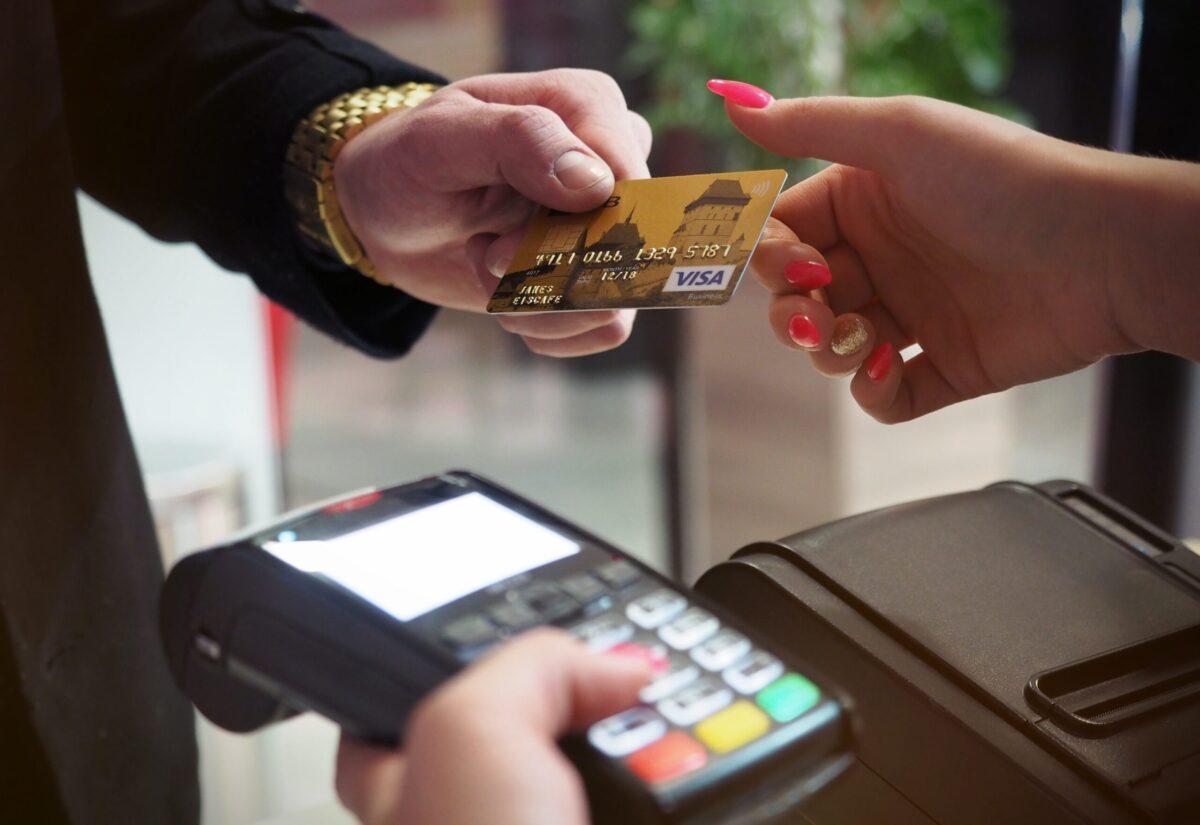Introduction:
Loan is a word that everyone knows its meaning, a thing that is borrowed, especially a sum of money that is expected to be paid back with interest over an agreed span of time. Now taking a loan is a concept that everyone thinks they understand until they have successfully incurred even more debts. The financial institution is a complex place and requires planning to engage.
Loans are of different types but here are two simple terms to define these types. Loans are either Secure loans or Unsecured Loans.
Secured Loans:
Secured loans are loans that require collateral, which is an asset or property that the borrower pledges as security for the loan. If the borrower fails to repay the loan as agreed, the lender has the right to seize the collateral to recoup their losses tied to the transaction. Because the lender has this added security, secured loans often come with lower interest rates and may offer longer repayment terms. These lenders are the types that do not want to have to cross the seven seas to get to you when the chips are down. Some loan types under this category are
a. Mortgage Loans: These loans are used to finance the purchase of real estate, such as a home. The property being purchased serves as collateral for the loan.
b. Auto Loans: Auto loans are used to finance the purchase of vehicles. The car itself acts as collateral, and if the borrower defaults, the lender can repossess the vehicle.
c. Secured Personal Loans: Some lenders offer personal loans that are secured by an asset, such as a savings account or a certificate of deposit (CD). If the borrower defaults, the lender can take ownership of the asset. In a much simpler setting, these personal loans are taken with assets like cars or houses as Collateral.
Using your house or car as collateral typically allows you to access larger loan amounts and potentially get better interest rates compared to unsecured personal loans, where you don’t provide any collateral. However, the risk with secured loans is that if you’re unable to make the payments, you could lose the asset you used as collateral. Always make sure you understand the terms and consequences of the loan before using valuable assets as collateral.
Unsecured Loans (Non-Secured Loans):
Unsecured loans, also known as non-secured loans basically do not require collateral. Instead, the lender evaluates the borrower’s creditworthiness and income to determine eligibility. Since these loans are riskier for lenders, they usually come with higher interest rates and may have shorter repayment terms. Here are common types of unsecured loans:
a. Personal Loans: A personal loan is an unsecured loan that individuals can borrow from financial institutions like banks, credit unions, or online lenders. Unlike secured loans, such as a mortgage or auto loan, a personal loan doesn’t require collateral. Instead, the lender evaluates the borrower’s creditworthiness based on their credit history, income, and other financial factors. In simpler terms, these loans are approved based on the borrower’s credit history and financial situation.
b. Student Loans: We all know it gets difficult for students at some point of schooling. then you see most of them that take two jobs just to stay registered students. Student loans are real life savers that are used to fund education expenses for college or other higher education. Federal student loans in the US are typically unsecured and are granted based on financial need, while private student loans will require a credit check.
c. Credit Cards: Credit cards are a form of unsecured revolving credit. Borrowers can use the credit card up to a predetermined limit without the need for collateral. The borrower is required to make minimum monthly payments based on the outstanding balance. In a simpler tone, A credit card loan is like borrowing money from a special card. When you use your credit card to buy things or pay bills, you’re actually taking a small loan from the card company. They let you spend up to a certain limit, and you have to pay back the money you borrowed by a specific date.
d. Personal Lines of Credit: A personal line of credit is similar to a credit card but without the physical card. It allows borrowers to access funds up to a certain credit limit, and interest is charged only on the amount borrowed.
It is essential to understand that some loans mentioned in the secured list can also be unsecured, and vice versa. The lender’s decision to require collateral is the determining factor in classifying a loan as secured or unsecured.
Lets Focus on personal loans however as its the point of this article
Personal Loan
A Personal Loan is an unsecured loan that can be secured. The individuals can borrow from financial institutions like banks, credit unions, or online lenders. For unsecured personal loans, the lender evaluates the borrower’s creditworthiness based on their credit history, income, and other financial factors before approving the loan. In an event where the borrower wants better interest rates, or a longer repayment period, a collateral is introduced. At that point the personal loan becomes secured and the borrower runs a risk of loosing an asset.
The history of personal loans dates back centuries, but in modern times, they became more prevalent during the early 20th century. The development of consumer credit and the emergence of personal finance companies contributed to the popularity of personal loans. However, it was during the post-World War II era that personal loans gained significant traction, thanks to the growth of consumer spending and the rise of the middle class.
Various types of companies are involved in providing personal loans to consumers. These can include:
- Traditional Banks: Major banks like ING, Bank of America, Banko Stander and Citibank offer personal loans to their existing customers and new applicants. They usually have stringent eligibility criteria and will require a really high credit score for approval.
- Credit Unions: Credit unions are non-profit financial institutions owned by their members. They often provide personal loans at competitive interest rates and with more flexible terms compared to traditional banks. Credit unions may offer financial services as commercial banks such as share accounts, share draft accounts, credit cards, credit, share term certificates, and online banking. Pentagon Federal Credit Union, Alliant Credit Union and Navy Federal Credit Union(an armed forces bank serving the Navy, Army, Marine Corps, Air Force, Space Force, Coast Guard, veterans, DoD & their families) to mention a few.
- Online Lenders: With the advent of technology, online lending platforms have become increasingly popular for personal loans. Companies like SoFi, LendingClub, and Prosper offer personal loans through their websites, making the application and approval process faster and more convenient.
- Peer-to-Peer (P2P) Lending Platforms: P2P lending platforms connect individual borrowers with individual lenders, cutting out traditional financial institutions. Companies like LendingClub and Prosper facilitate this type of lending too.
- Payday Lenders: While not recommended due to their high-interest rates and fees, payday lenders also provide personal loans, often referred to as payday loans. Borrowers typically repay these loans with their next paycheck. More like a salary advance where ones debts is paid off at their next paycheck.
- Credit Card Companies: Credit card companies may offer personal loans to their customers as a form of a credit card cash advance or by providing pre-approved loan offers.
Getting a Personal Loan in the US
Obtaining a personal loan in the US can be pretty straight forward sometimes and tedious other times. All dependent on the type of loan and the lender you are patronizing. It would involve a series of steps and considerations. Here’s an overview of the process. One first has to assess their needs to determine the loan amount and purpose, whether it’s for debt consolidation, home improvements, medical expenses, or emergencies. If purpose is clear enough, then you proceed to the following.
- Check Your Credit Score: Your credit score plays a vital role in loan approval. Obtain a free credit report annually from major credit bureaus to understand your creditworthiness.
- Research Lenders: Explore options from traditional banks, credit unions, online lenders, and peer-to-peer platforms. Compare interest rates, terms, fees, and customer reviews to find the best fit.
- Gather Documentation: Prepare necessary documents, including proof of identity, income verification, bank statements, and other financial records.
- Complete the Application: Fill out the loan application, which is often available online for convenience.
- Loan Approval Process: Lenders review your creditworthiness, income, debt-to-income ratio, and other factors to determine eligibility.
- Loan Terms and Conditions: If approved, you’ll receive a loan offer outlining the amount, interest rate, repayment period, and fees.
- Read the Fine Print: Thoroughly review the terms and conditions before accepting the loan. Pay attention to interest rates, repayment schedules, late payment fees, and penalties for early repayment.
- Accept the Loan: If the terms are acceptable, formally accept the loan offer, usually by signing an agreement electronically or in person.
- Receive Funds and Repay: Upon acceptance, the lender disburses the funds, and you must make regular monthly payments according to the agreed-upon schedule.
Pros And Cons Of Taking A Personal Loan
Taking a loan can be really appealing at first glance but if mis-managed, you find yourself entangled in threads of unending debt loop. Your next paycheck does not see the light of the next day once it drops and you are left with options of taking even more loans that will eat up the next paycheck before the thought of its arrival even settles in your head.
On the other hand, its convenient knowing that you have access to cash when emergencies suddenly jump on our faces. Even their commercials literally give you this hint hence loans can be of good if it can be managed. But once that death cycle starts, ensure you have strong brake pads in place.
Below are some pros and cons to taking a personal loan.
Pros of personal loans
- A personal loan with a single, fixed-rate monthly payment is easier to manage than several credit cards with different interest rates, payment due dates and other variables.
- Personal loans and salary advance loans usually have quick approval and payment time which makes it the best option when it comes to checking emergencies.
- Unsecure personal loans do not require collateral and this is an advantage because you dont run the risk of loosing an asset that is probably worth more than the loan you have taken.
- They generally come with low interest rates here’s a pro tip, if you are approved for a personal loan with an interest rate lower than your current debt, you can save alot in interest.
- They have longer repayment terms and this is an advantage because the weight of paying off debts can be overwhelming. Loans get bigger as you get bigger financially and stretched loans make repayment a walk in the park.
Cons of personal loans
- Interest rates can be higher than alternatives
- Been that this type of loan is primarily unsecured, the requirements can break a camel back
- Fees and penalties can and will be high when it comes to it.
- Generally taking more loans mean more debt load
Conclusion
In conclusion, embarking on the journey of taking out a personal loan can be a significant step toward achieving your financial goals. However, as with any financial decision, it demands careful consideration and thorough understanding. By arming yourself with the knowledge shared in this article, you are better equipped to navigate the world of personal loans with confidence.



